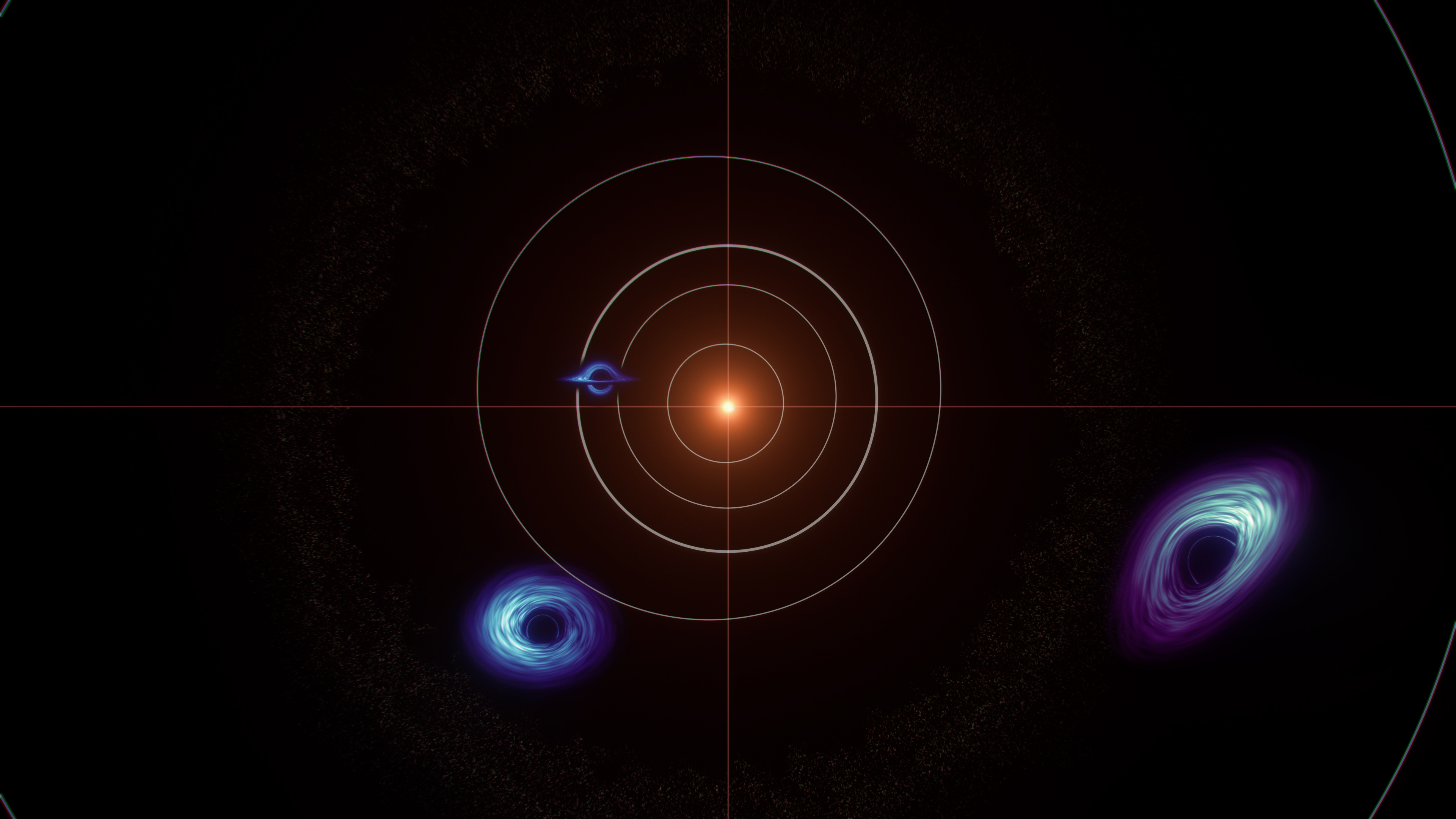Monday, May 1
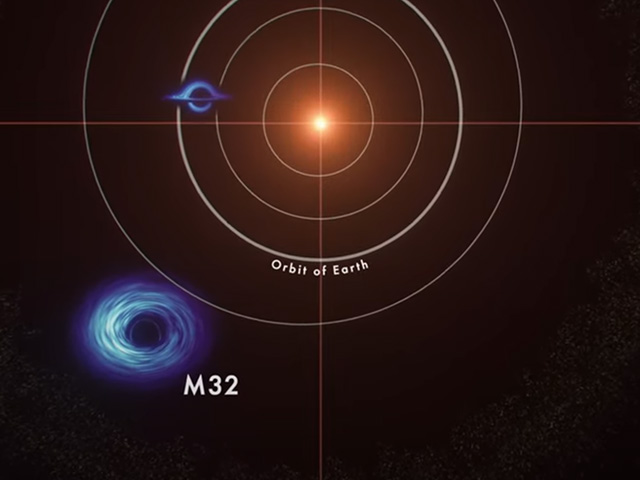
News feature: NASA Animation Sizes Up the Universe’s Biggest Black Holes
A NASA animation highlights the “super” in supermassive black holes. These monsters lurk in the centers of most big galaxies, including our own Milky Way, and contain between 100,000 and tens of billions of times more mass than our Sun.
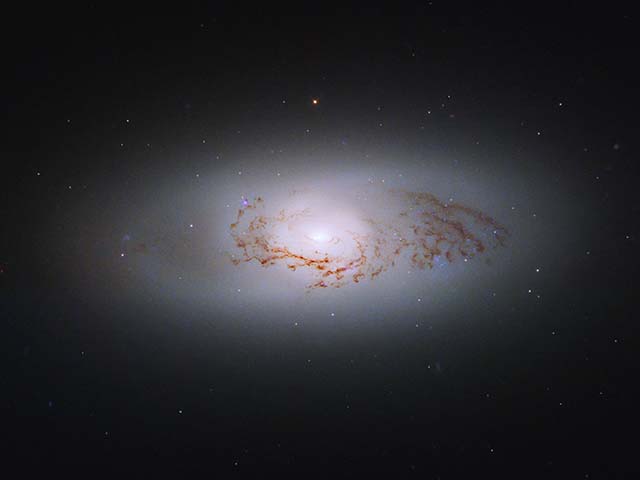
Image feature: Hubble Observes an In-between Galaxy
NASA’s Hubble Space Telescope captured an image of the lenticular galaxy NGC 3489, which has an active galactic nucleus, or AGN. The AGN sits at the center of the galaxy, is extremely bright, and emits radiation across the entire electromagnetic spectrum as the supermassive black hole at its core devours material that gets too close.
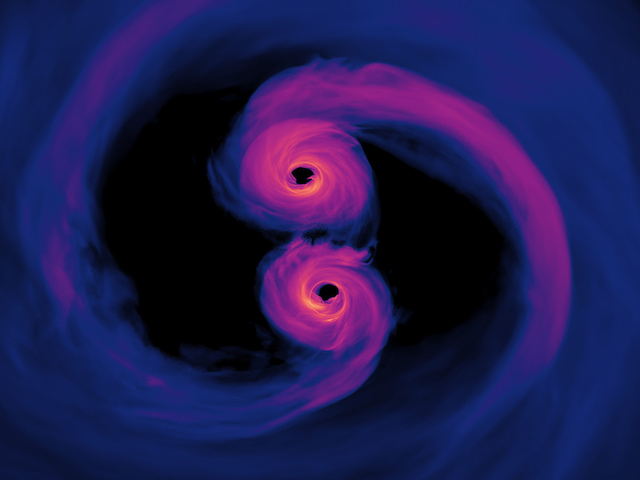
Quick read: A Mesmerizing Model of Monster Black Holes
A supercomputer simulation is helping scientists understand what kind of light gas would produced around two supermassive black hole systems as they spiral toward a merger.
Tuesday, May 2
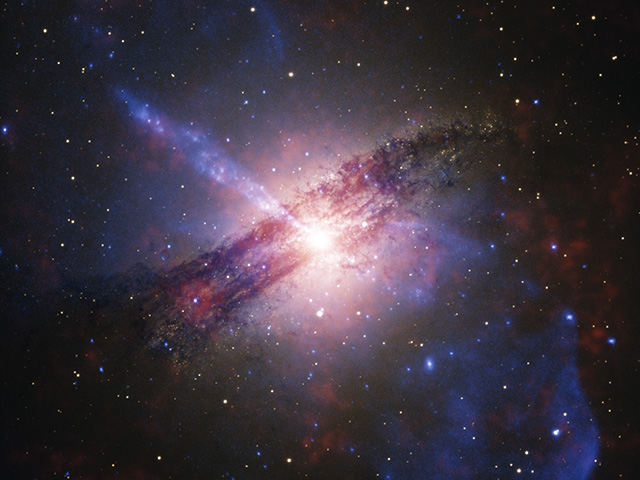
Image feature: Galaxy With Black Hole Shines In Image From NASA’s Chandra, IXPE
The galaxy Centaurus A shines bright in this image combining data from multiple observatories. In the center of this galaxy is a supermassive black hole feeding off the gas and dust encircling it, and large jets of high-energy particles and other material spewing out.
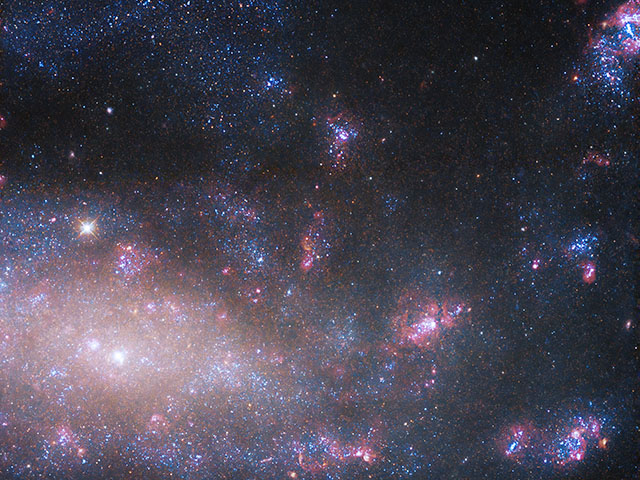
Image feature: Hubble Gazes at the Home of an Enormous Black Hole
A NASA Hubble Space Telescope image looks at a small section of the spiral galaxy NGC 4395. This is a Seyfert galaxy, a class of galaxies that have bright cores – called active galactic nuclei –powered by supermassive black holes.
Wednesday, May 3
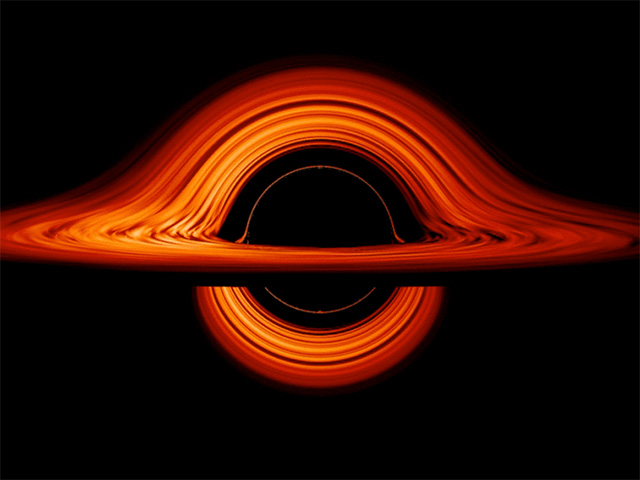
Deep dive: What Happens When Something Gets ‘Too Close' to a Black Hole?
Can a star be squeezed like a tube of toothpaste, flattened like a pancake, or stretched out like a piece of spaghetti? If there's a black hole nearby, maybe.

Wallpaper Wednesday
Download two new wallpapers (for desktop and mobile) featuring the Traveler. In one, they meet a supermassive black hole and its friends. In the other, they looks for some exuberant black hole birds.
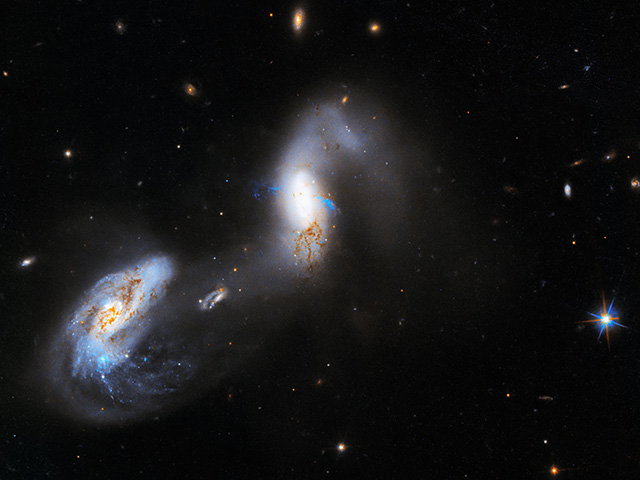
Image feature: Hubble Captures Extraordinarily Bright Interacting Galaxies
An image from NASA’s Hubble Space Telescope shows interacting galaxies known as AM 1214-255. These galaxies contain active galactic nuclei, or AGNs. An AGN is an extraordinarily luminous central region of a galaxy. Its extreme brightness is caused by matter whirling into a supermassive black hole at the galaxy’s heart.
Thursday, May 4
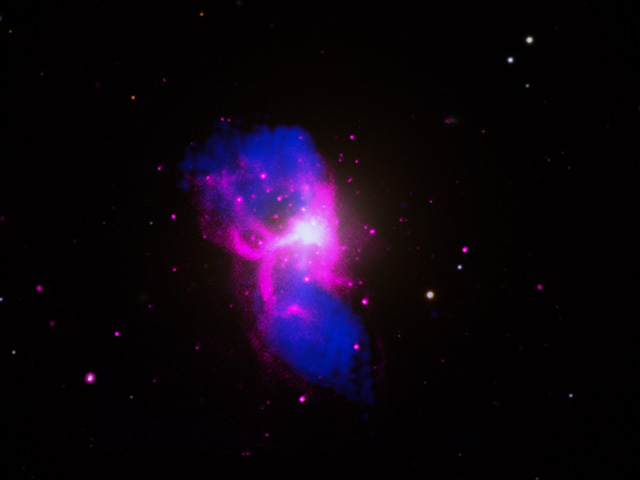
Image feature: 'H' is for Hot and Huge in Chandra Image
With a single letter seemingly etched in the X-ray glow around it, a giant black hole at the center of a massive elliptical galaxy is making a mark on its surroundings.
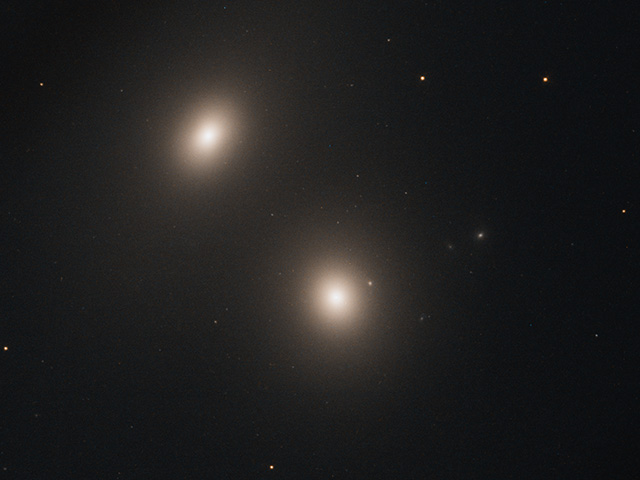
Image feature: Hubble Spots an Energetic Galaxy
A NASA Hubble Space Telescope image reveals NGC 547, an elliptical galaxy that sits about 250 million light-years away from Earth in the constellation Cetus. NGC 547 has an active galactic nucleus at its core, an extremely bright region with a supermassive black hole in the center.
Friday, May 5
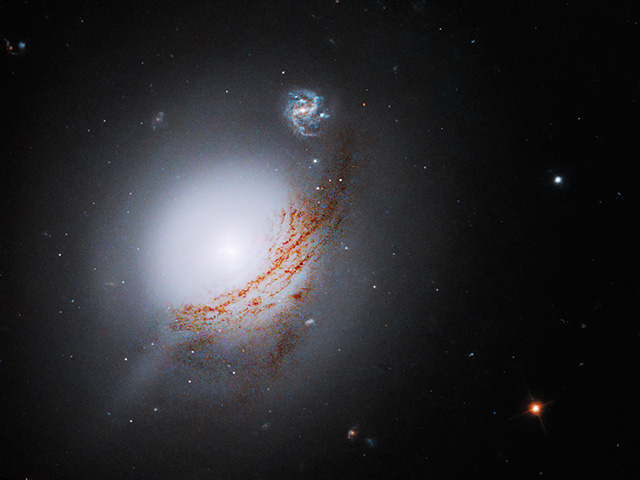
Image feature: Hubble Views a Beautiful Luminous Galaxy
The lenticular galaxy NGC 5283 is the subject of a NASA Hubble Space Telescope image. NGC 5283 contains an active galactic nucleus, or AGN. An AGN is an extremely bright region at the heart of a galaxy where a supermassive black hole exists.
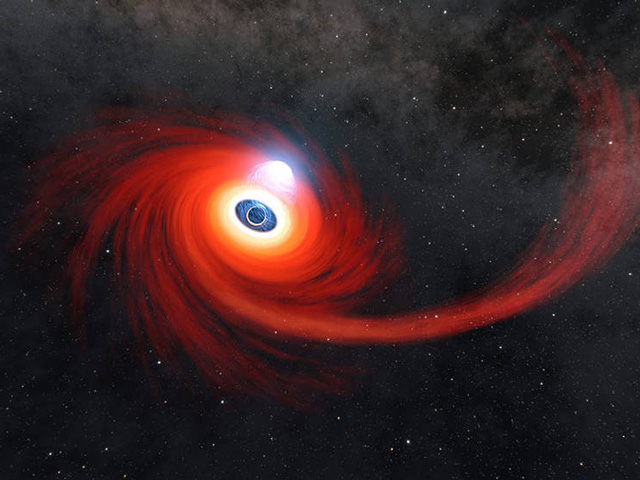
Conversations with Goddard: Jeremy Schnittman
Conversations With Goddard interviewed black hole expert Dr. Jeremy Schnittman for Black Hole Week.

